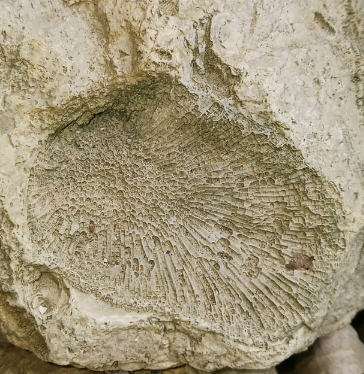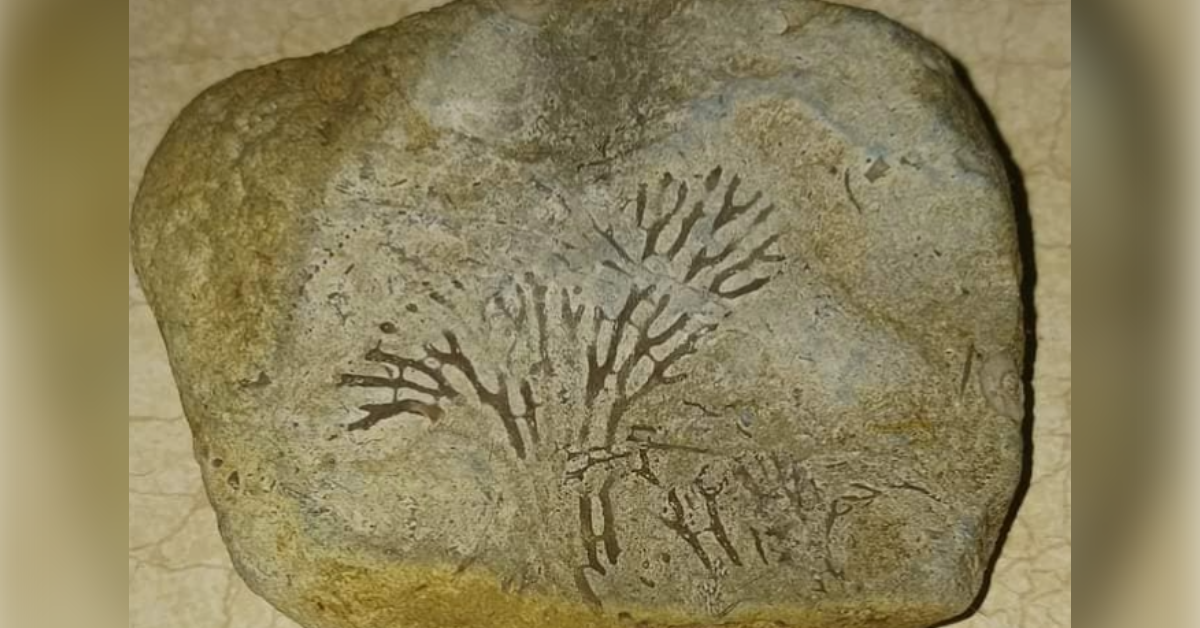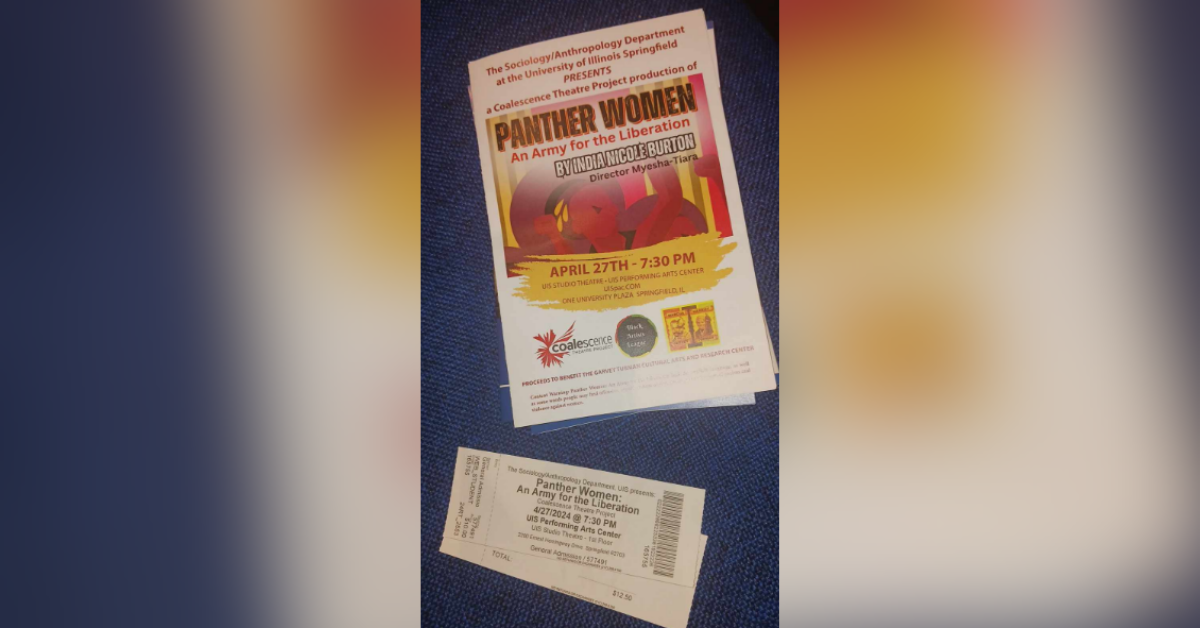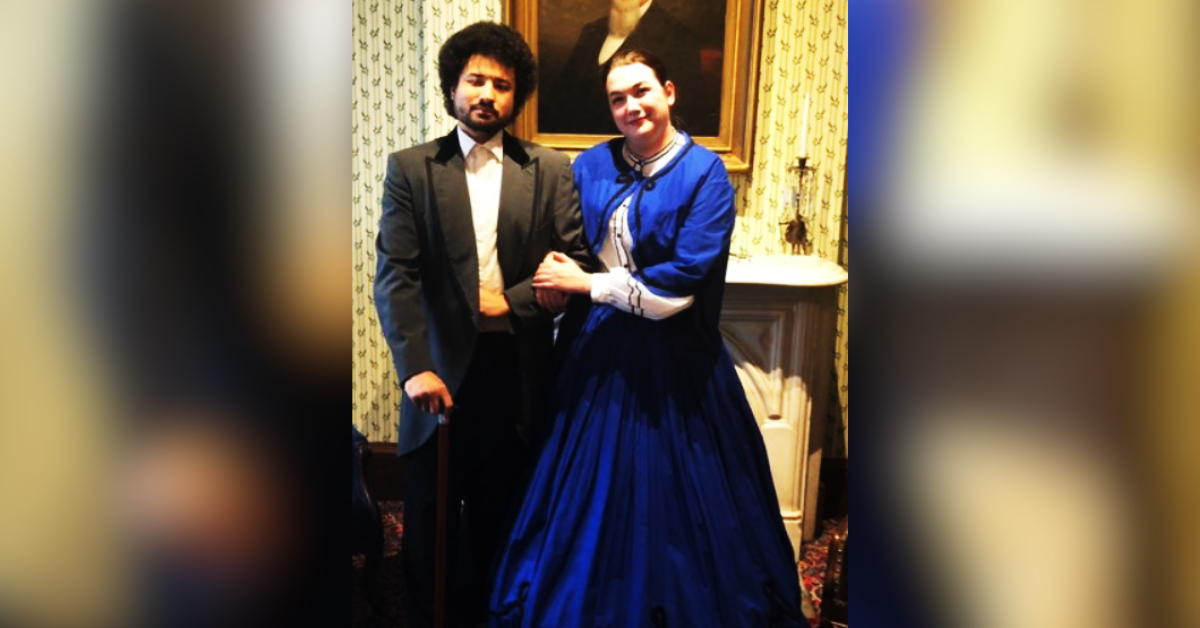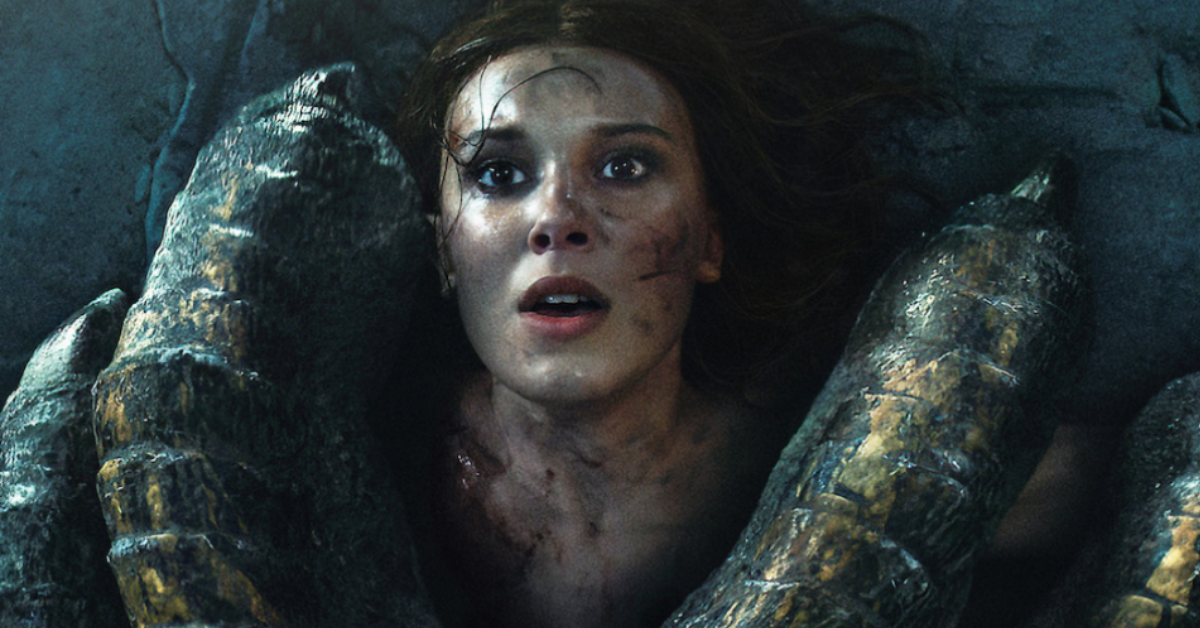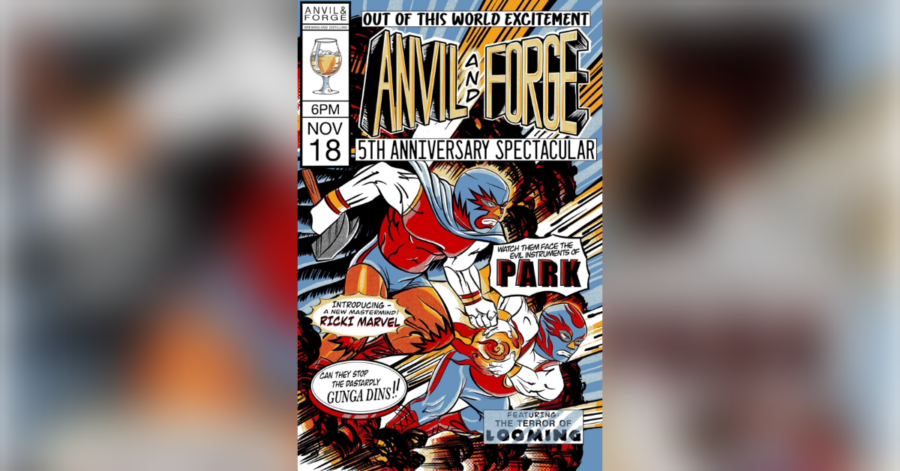When my son and I set out this summer, I had no intention of taking on a new hobby. I enjoy writing short stories, mountain biking and kayaking. His passions at 11 include Pokémon, playing Minecraft, and dinosaurs.
That last interest is likely where our relationship as a parent and child has flourished the most due to my curiosity regarding archaeology. Which, I should note, is currently not the degree I’m pursuing. I’ve chosen the seemingly stable path of legal studies. So when we ventured back to a familiar creek bed of my tweenage years, it was in search of shark teeth I recalled seeing there over a decade ago. I never imagined how fascinating those fossils would become for us both.
While finding fossils isn’t a typical activity in Illinois, they’re relatively easy to find if you look in the right places. Creek beds, both with regular water levels and those which are dry regularly, can offer interesting specimens. Some have been found along the shores of Lake Michigan while more infamous fossils, such as the Illinois State Fossil of the Tully Monster, were found in Mazon Creek Formation by an amateur fossil collector in 1955. Thus far, our own fossil collection seems to consist of more common specimens, including brachiopods, crinoids, a suspected tabulate coral and of course, various classic coral impressions.
My grandfather would say I got “bit by the fossil bug,” though I can’t take all the credit. My son is why we returned to the creek site, after all. He’s taken the finds with a grain of salt, because while Illinois has currently not had a dinosaur specimen found, he hopes to rewrite that history. Call it selfish, but I hope he does as well. It’s been interesting as a parent to share a hobby with my son, and while fossil hunting was far from anticipated, I’m grateful for the opportunity to learn and teach alongside him while I’m able to. There’s a possibility I’m looking into changing my major as well, though I don’t anticipate pursuing paleontology if so. After all, there’s much we don’t know about the migrations of humans into the Americas. If anything, history shows that not all the secrets of life are preserved in stone, and I suspect that newer technological developments used alongside knowledge of the natural world would help expose such enigmas.
